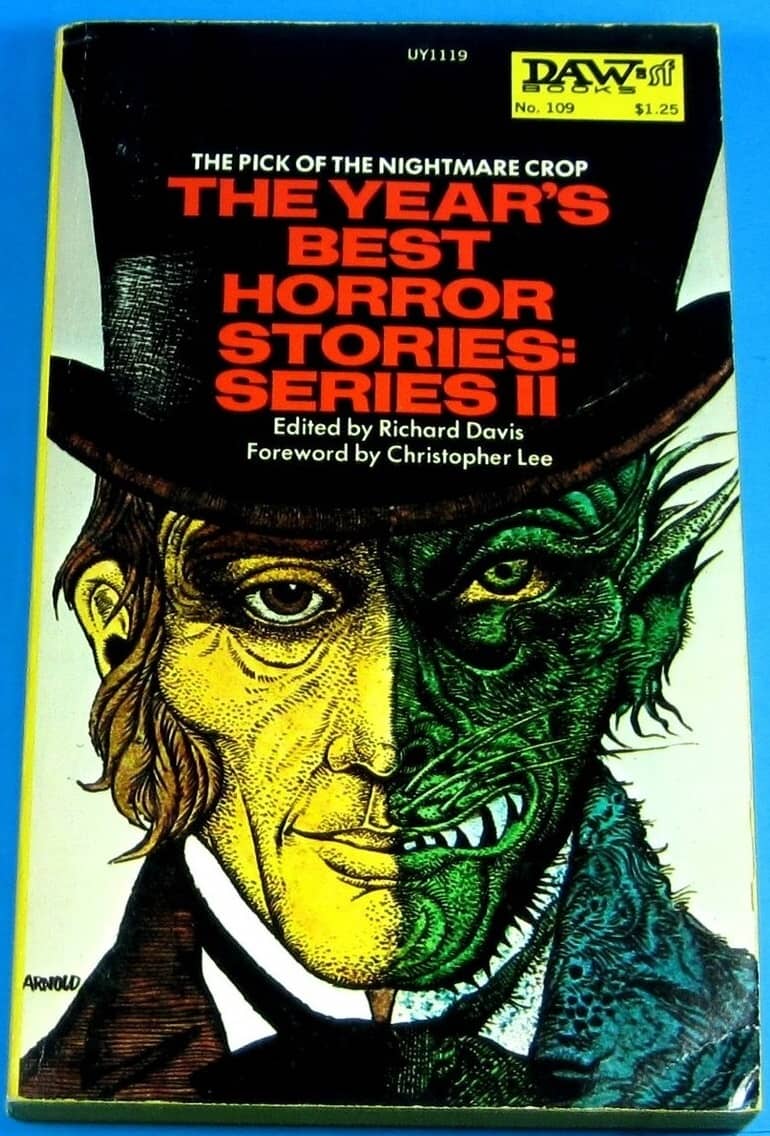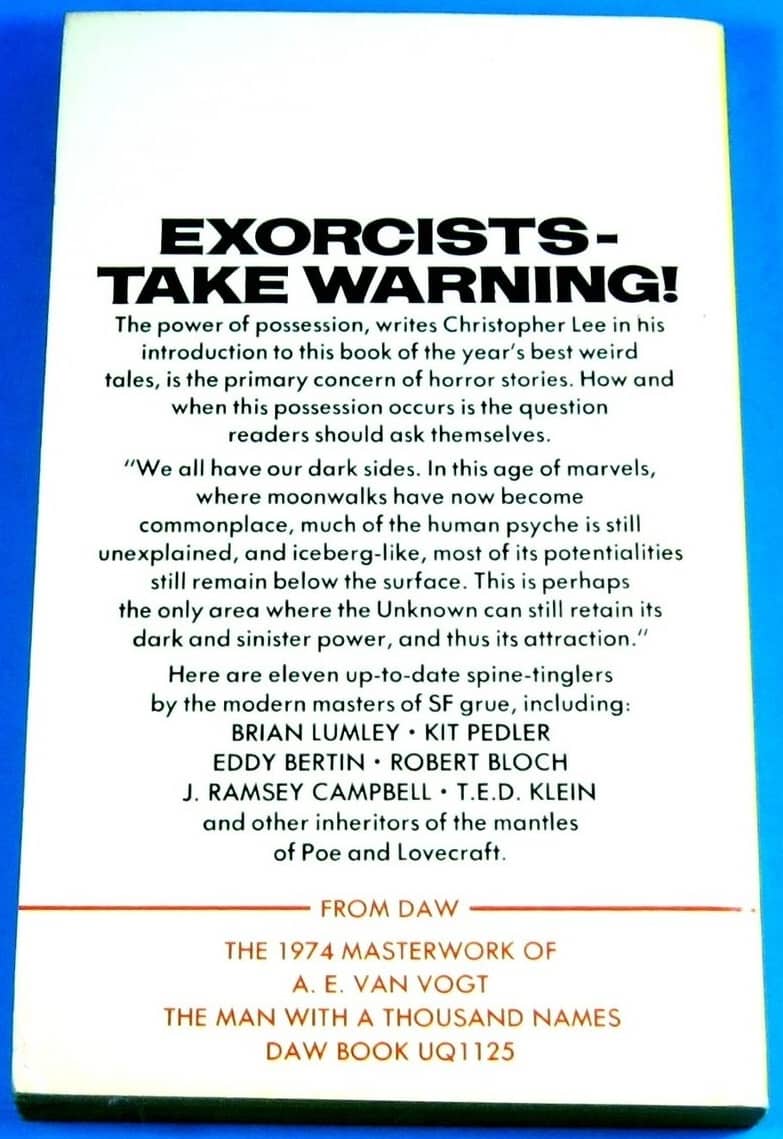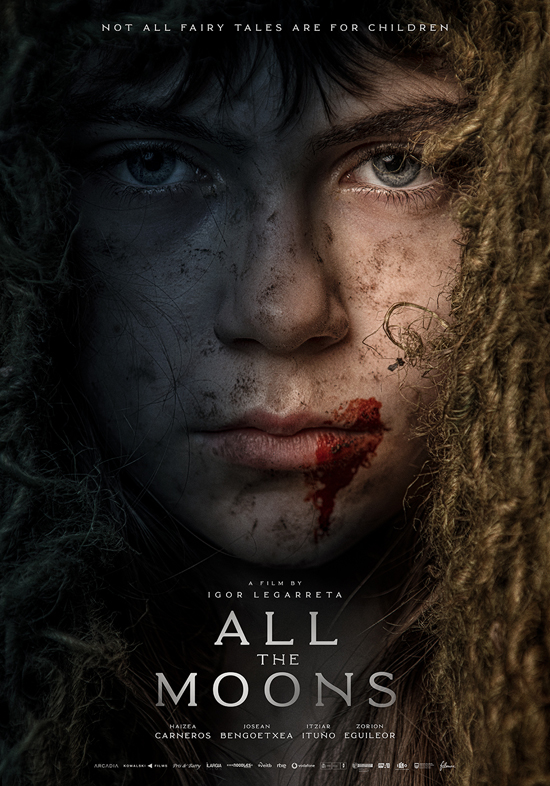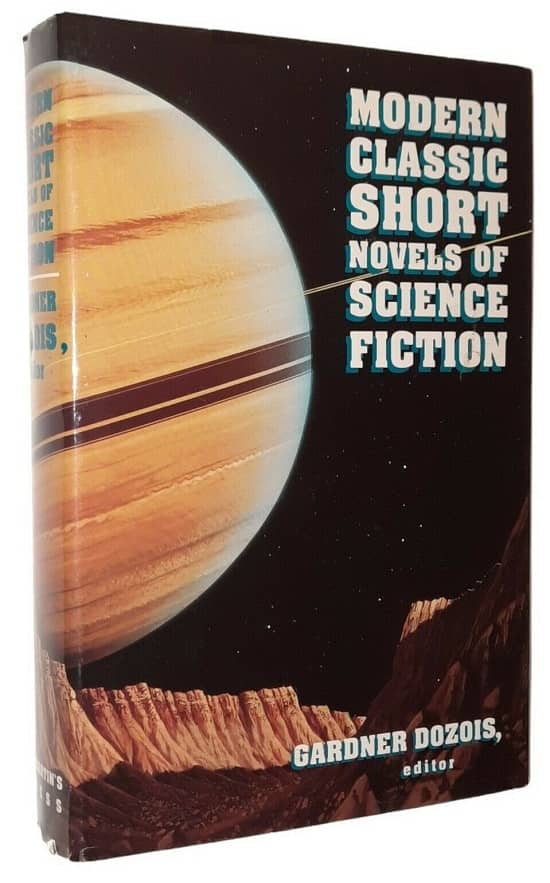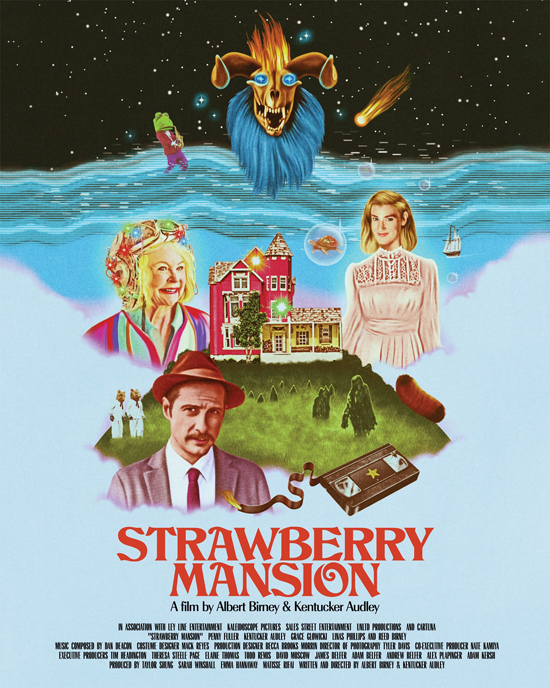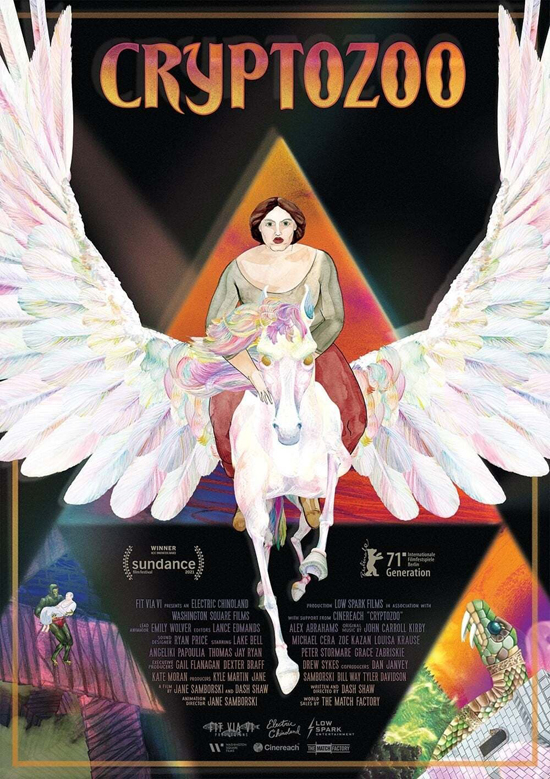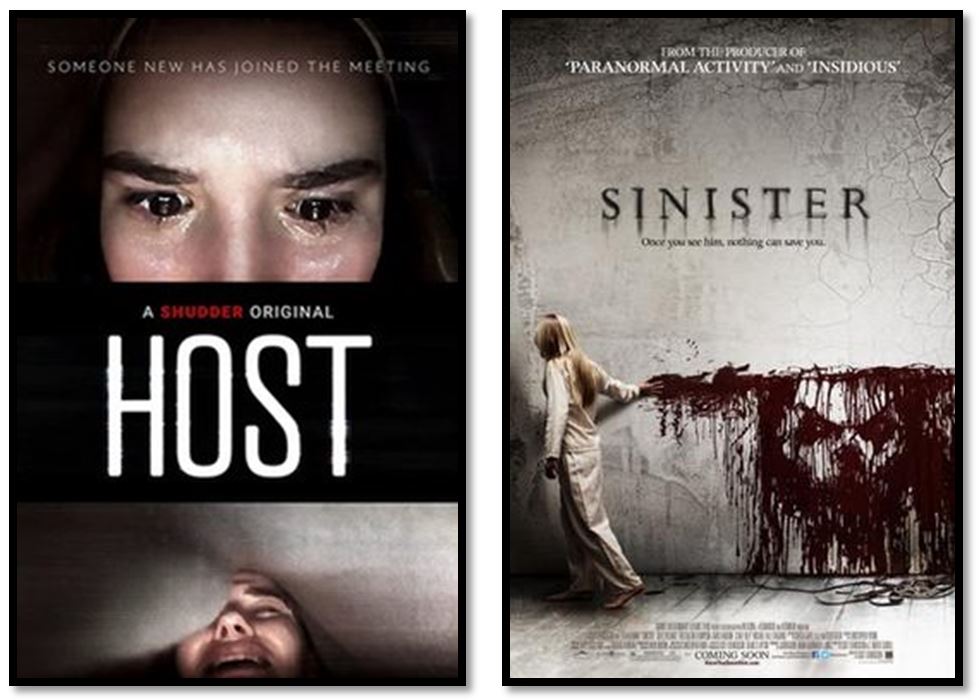A Con Artist in a Magical City: The Rook & Rose Trilogy by M.A Carrick
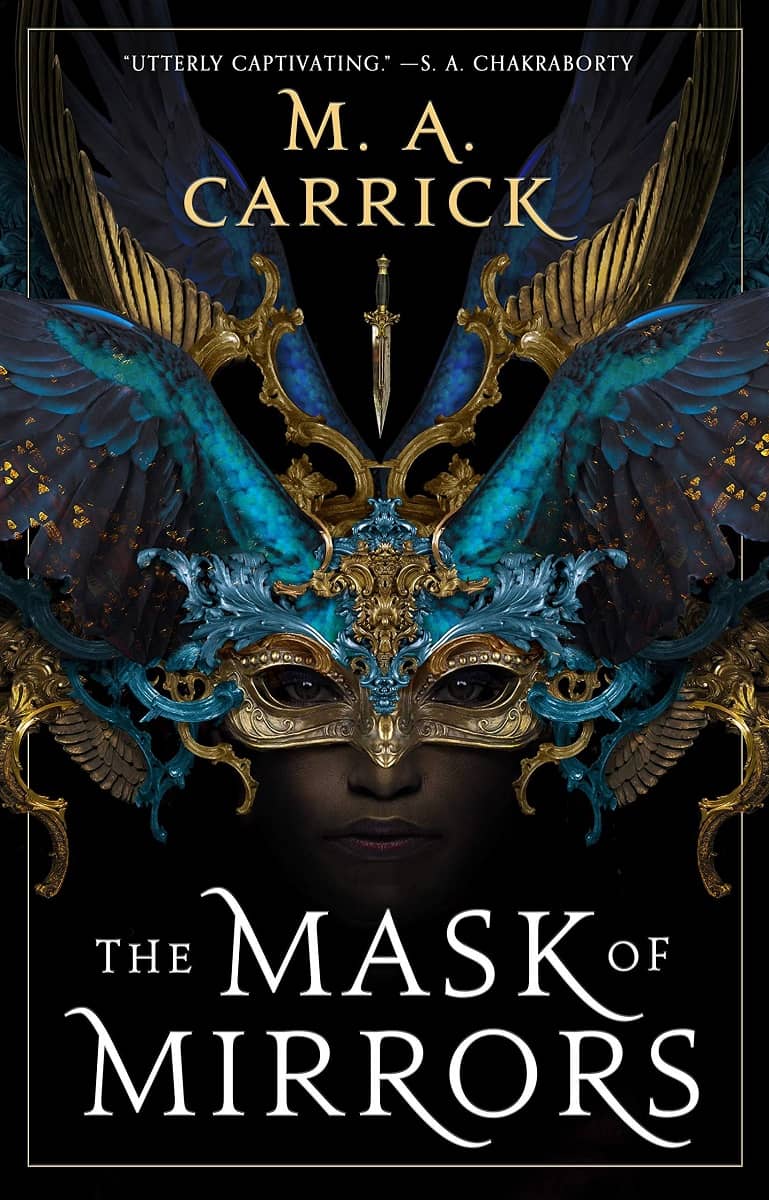 |
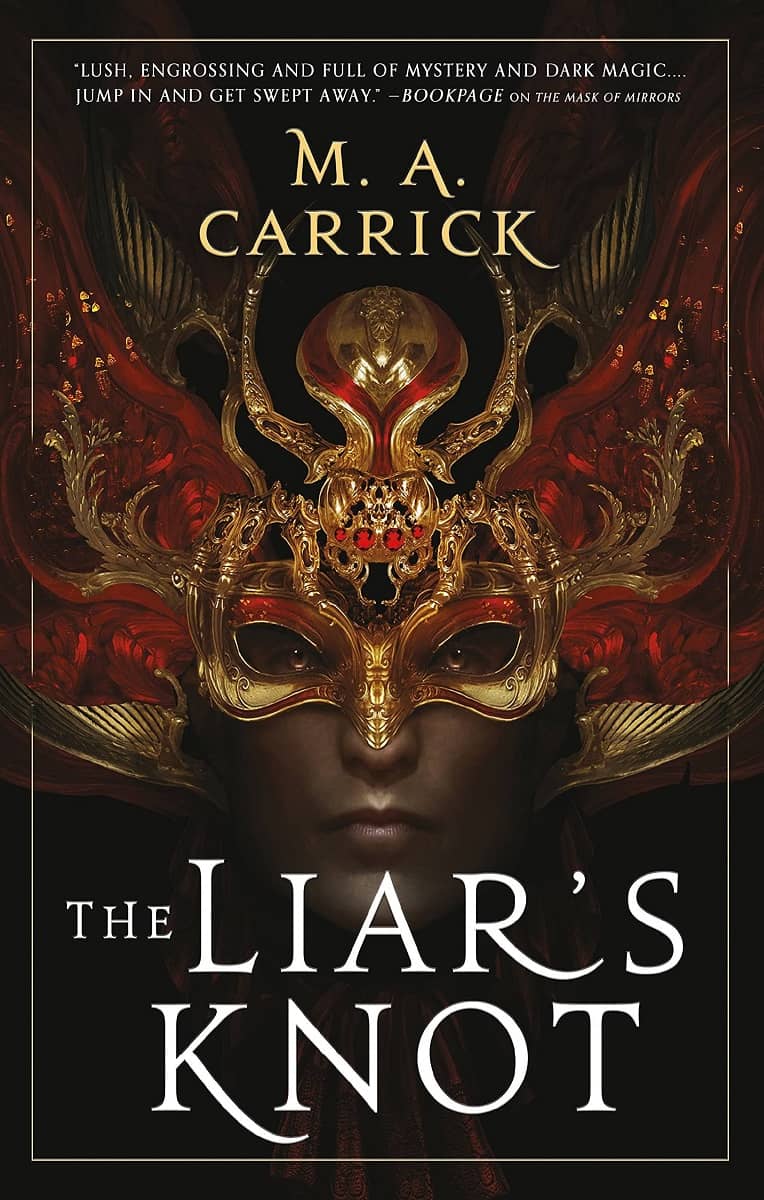 |
The Mask of Mirrors and The Liar’s Knot (Orbit, January and December, 2021). Covers by Nekro
I don’t know about you, but this recent trend in young adult fantasy for covers with elaborate designs and colorful crowns instead of cover art does nothing for me. There’s so many on the shelves, and after a while they all look the same.
At least the book descriptions are different — and that’s what grabbed me in the case of The Mask of Mirrors, the opening novel in a new fantasy trilogy by “M.A Carrick,” the writing team of Marie Brennan (author of the Hugo-nominated A Natural History of Dragons) and Alyc Helms (author of the splendidly pulpy Missy Masters novels). The two met on an archaeological dig in Wales and Ireland, which is exactly where I’d want to meet my future writing partner.
The second novel in the series, The Liar’s Knot, is due next month, and there’s a third volume on the way. Here’s the description on the back of The Mask of Mirrors that caught my eye.
